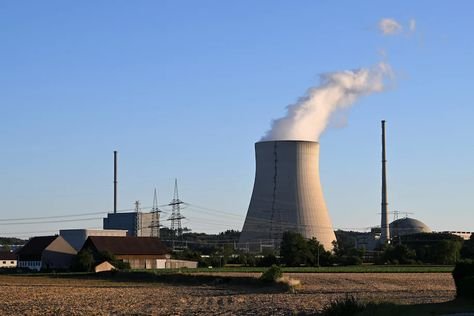The US Commerce Department has announced plans to impose solar tariffs of up to 3,521% on solar panel imports from four Southeast Asian countries.
It follows an investigation that began a year ago, when several major solar equipment manufacturers asked then-President Joe Biden’s administration to protect their US operations.
The proposed levies, which target companies in Cambodia, Thailand, Malaysia, and Vietnam, are in response to allegations of Chinese subsidies and unfair product dumping in the US market.
The International Trade Commission, a separate US government agency, is expected to issue a final decision on the new tariffs in June.
The countervailing and anti-dumping duties, as these tariffs are known, differ between companies and the countries where their products are manufactured.
Some solar equipment exporters in Cambodia face the highest tariffs of 3,521% due to what was perceived as a lack of cooperation with the Commerce Department investigation.
Jinko Solar, a Chinese manufacturer, produced products in Malaysia with some of the lowest duties, at just over 41%.
Another Chinese company, Trina Solar, faces 375% tariffs on products manufactured in Thailand.
Neither company responded immediately to News’ requests for comment.
In recent years, many Chinese firms have relocated operations to Southeast Asia in order to avoid tariffs imposed by US President Donald Trump’s administration.
The findings of the US Commerce Department were welcomed by the American Alliance for Solar Manufacturing Trade Committee, a group of manufacturers who urged the US government to launch the investigation.
“This is a decisive victory for American manufacturing and confirms what we have long known: that Chinese-based solar companies have been cheating the system,” said Tim Brightbill, the Alliance’s chief counsel.
According to US Census Bureau data, America will import nearly $12 billion (£8.9 billion) in solar equipment from the four countries in 2023.
While the proposed tariffs are expected to benefit US solar panel manufacturers, they may also result in additional costs for businesses and consumers who have benefited from the availability of cheaper solar products.
The levies would be added to existing tariffs imposed by the Trump administration.

The planned tariffs were announced just days after Chinese President Xi Jinping returned from a tour of Vietnam, Malaysia, and Cambodia.
The trip was intended to strengthen ties with the region and encourage those countries to resist what he described as “unilateral bullying” by the United States.
So far, Trump has imposed up to 145% tariffs on Chinese imports. Other countries are now subject to a blanket 10% US tariff until July.
His administration stated last week that when the new tariffs are combined with existing ones, levies on some Chinese goods could reach 245%.
China has responded with a 125% tax on US products and vowed to “fight until the end.”


